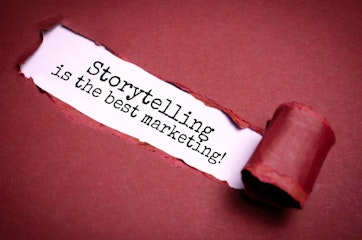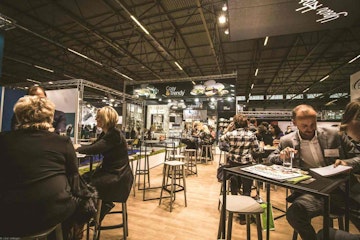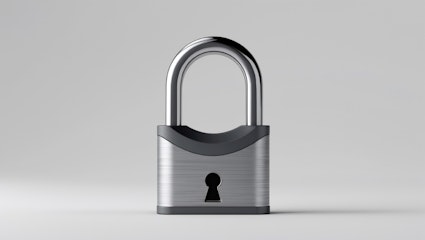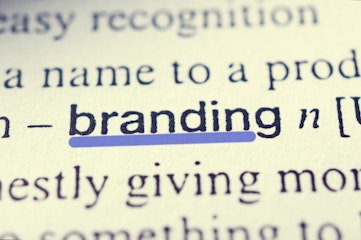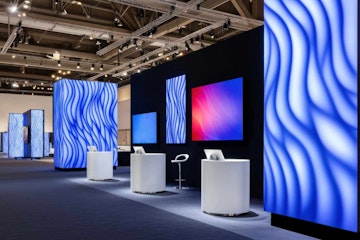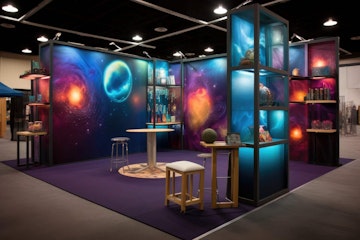In a world overrun by pop-ups, algorithms, and endless scrolling, it’s easy to assume traditional marketing has had its day. And sure - some of it probably has. Newspaper classifieds? Dead. Cold-calling? Questionable. But banners? Banners are still standing. Literally.
Because while digital ads fight for attention on overcrowded screens, physical banners operate in a different league entirely. They don’t wait to be clicked. They don’t get blocked by plugins. They exist - boldly, visibly, in the real world. And that’s exactly why they’re still relevant.
Banners Aren’t Competing - They’re Complementing
Let’s get one thing straight: banners don’t exist in opposition to digital. They enhance it.
A well-placed roller banner at a trade show doesn’t just attract eyes - it sets the scene. It reinforces the brand’s visual identity in a way no PPC ad ever could. Not only is it large-scale and tactile, but it also gives digital-first companies a way to be physically present. And in a world where so much is ephemeral, that matters.
A QR code on a banner can drive traffic directly to a landing page. A printed offer can push impulse purchases. A bold design on a high street? It’s a visual anchor. People walk by it. They remember it. They talk about it.
Visibility You Can’t Scroll Past
Online, we’re conditioned to ignore. The average user sees thousands of ads per day - and most don’t register. Banner blindness, ad fatigue, cognitive overload… whatever you want to call it, it’s real.
But walk into a retail space or attend a local event, and the rules change. A large-format banner doesn’t have to scream to be noticed. It just has to be there. And that kind of passive visibility - subtle, persistent, unavoidable - is exactly what many campaigns are missing.
There’s also scale to consider. A banner is big. Not pixel-big - actual, physical, take-up-space big. That sort of presence commands attention. Not aggressively, not manipulatively - but effectively.
Cost-Effective, Especially Long-Term
Some brands drop four-figure monthly spends on Google Ads without blinking. And sure, sometimes it pays off. But one banner - professionally designed and printed - can last years. No renewal fees. No bidding wars. No sudden algorithm shifts.
Not only is that good for budgets, but it’s reliable. Once a banner is printed, it’s yours. It can move with you - from conference to office, from street corner to store window. Especially if you invest in portable signage solutions that are lightweight, durable, and easy to assemble.
That kind of long-term utility doesn’t just make banners affordable - it makes them practical.
Psychological Impact of Physical Media

Digital content is fleeting. Tabs close, notifications pull attention away, and algorithms shuffle priorities minute by minute.
Physical media, on the other hand, leaves a different kind of impression. A banner doesn’t vanish. It doesn’t blink or refresh. It just sits - constant, dependable, real.
There’s something about physical signage that still feels credible. Studies have shown that consumers process print differently than screen-based messaging. There’s more memory retention. More engagement. More trust.
And when people are bombarded with information, trust is the variable that changes everything.
Where Banners Still Dominate
There are a few environments where banners continue to shine - and not in a token, old-school kind of way. They work. Here’s where they still pull weight:
Trade Shows & Conferences: A branded banner behind your table? It's your silent sales rep.
In-Store Promotions: Special offers, new arrivals, seasonal messages - no other medium draws the eye quite like a well-designed banner.
Pop-Up Events & Outdoor Markets: When the setup is temporary, you need signage that’s fast, portable, and impactful.
Corporate Lobbies & Waiting Areas: Reinforce your identity to everyone who walks in, without a word spoken.
These aren’t fringe use-cases. They’re mainstream, ongoing, and - most importantly - effective.
The Role of Banners in Brand Awareness
Brand visibility isn’t about being everywhere - it’s about being remembered. A consistent presence in high-traffic areas can cement a brand in people’s minds far more effectively than a few fleeting social ads.
And this is where banners shine. They’re visible, repeatable, and scalable. They create mental associations. They turn spaces into statements.
If you’re exploring effective ways to increase brand awareness, banners should be on that list - right alongside content marketing, SEO, and social media.
Because while a click might get someone to your website, a banner might be what got them curious in the first place.
Closing Thoughts
Banners aren’t relics - they’re survivors. Not only have they held their ground in a digital-first world, but they’ve adapted. They’ve become smarter, more mobile, more connected.
The best campaigns don’t treat banners as afterthoughts. They treat them as part of a broader ecosystem - one that spans screens, sidewalks, and everything in between. So no, banners aren’t outdated. They’re just underrated.

